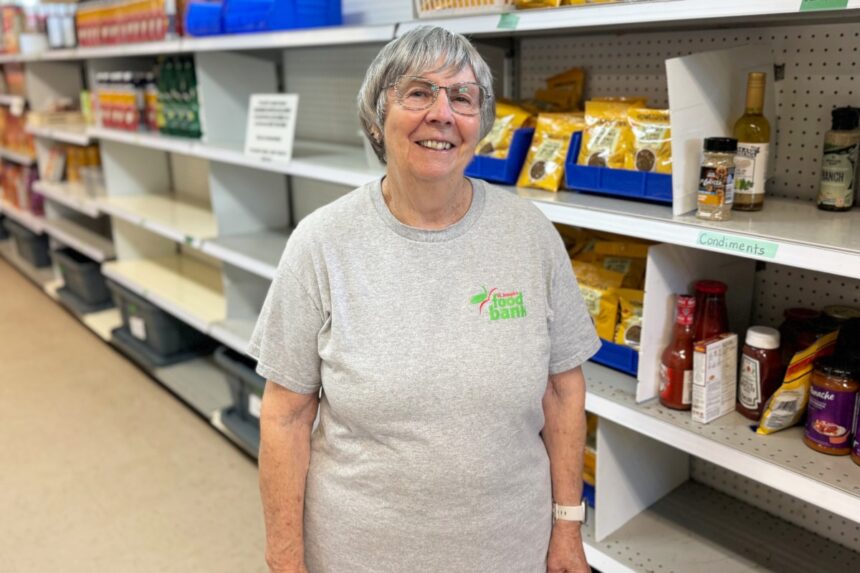The silent crisis of food insecurity has reached alarming levels in Mission, where local food bank volunteers face increasingly bare shelves against a backdrop of unprecedented demand. Long-time volunteer Joan Kruk has witnessed the transformation firsthand, describing scenes that would have been unimaginable just years ago.
“We’re seeing people who never thought they’d need a food bank,” Kruk explained during a Thursday afternoon shift at the St. Joseph’s Food Bank. “Professionals, two-income households, seniors on fixed incomes—they’re all struggling to make ends meet as grocery prices continue to climb beyond reach.”
The statistics paint a troubling picture. Food bank usage across the Fraser Valley has surged over 40% since 2021, with Mission’s facilities reporting some of the steepest increases. Meanwhile, donations have dropped by nearly 25% over the same period, creating a perfect storm of scarcity.
Food bank coordinator Marcus Chen attributes the shortage to multiple factors. “We’re experiencing inflation’s double impact—more people need help while fewer people can afford to donate. Our regular contributors are feeling the squeeze themselves.”
The shelves that once overflowed with canned goods, pasta, and cereals now stand partially empty. Volunteers have been forced to reduce the contents of food hampers, sometimes replacing nutritionally dense items with whatever remains available.
“The hardest part is when families with children come in,” Kruk shared. “We used to be able to provide extras for kids—healthy snacks, milk, juice. Now we’re struggling to meet even basic needs.”
Local businesses have attempted to fill the gap, with several Mission grocery stores implementing donation bins and special promotions. The Mission Community Services Society has also launched an emergency appeal through their website, encouraging residents to contribute what they can.
“Every donation matters, regardless of size,” Chen emphasized. “A single can of soup might seem insignificant to the donor, but it represents a meal for someone who might otherwise go hungry.”
The crisis extends beyond Mission’s borders. Food Banks across Canada report similar challenges, with many describing 2023 as the most difficult year in recent memory. Economic analysts point to the combined effects of housing costs, inflation, and stagnant wages as the primary drivers behind increased food insecurity.
Provincial officials have acknowledged the problem, with BC’s Ministry of Social Development and Poverty Reduction announcing plans to review assistance programs. However, immediate relief remains elusive for those currently experiencing hunger.
For volunteers like Kruk, the solution requires community-wide mobilization. “We need everyone to recognize that food security isn’t someone else’s problem—it affects our neighbors, colleagues, and potentially any of us given the right circumstances.”
As Mission heads into winter months, traditionally the busiest season for food banks, organizers worry about meeting the community’s needs without significant increases in donations. The food bank has expanded its hours and volunteer roster, but these measures cannot compensate for the fundamental shortage of food items.
What does it say about our society when working families must choose between paying rent and putting food on the table? As Mission’s food bank crisis deepens, this question demands not just our attention but our action.










